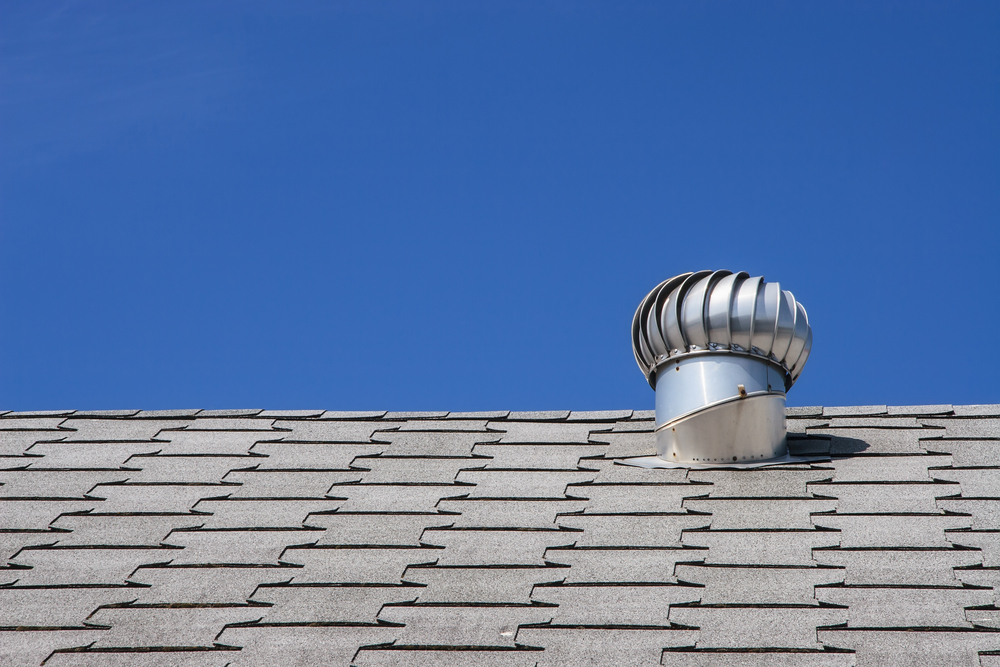You probably know ventilation means airflow, but maybe you’re not sure if your roof really needs it. After all, you won’t be spending time up there, so why does it matter if there’s good airflow?
Roofers in South Florida know that roof ventilation is very important for your home. Without a well-built ventilation system, your house feels the impact of changing weather conditions, and your roof can have a shorter lifespan. Those aren’t the only two reasons why you should ventilate your roof though so keep reading to find out more.
Why Should You Ventilate Your Roof?
Ventilating your roof increases the longevity of your home, improves air circulation inside your home, and releases trapped moisture.
If you don’t ventilate your roof, your house will feel stuffy and get hotter during the summer months. Roofs that aren’t ventilated will trap hot air and reflect that heat back down into your home, despite your best attempts at keeping cool.
Benefits of Roof Ventilation
-
Extended Lifespan
Roof ventilation extends the lifespan of both your roof and your home. It allows for proper airflow. Having proper airflow is important during both the winter and summer months as it can prevent icicle buildup and trapped hot air.
During winter, trapped warm air encourages the build-up of icicles that damage the edges of your roof. Icicles can cause water damage as they form and then melt and this damage can extend all the way into your walls.
In the summer months, trapped hot air makes it difficult to cool a house down. Hot air from beneath your roof combined with the heat of the sun outside can quickly damage your shingles.
-
Reduced Energy Costs
Although it may seem like the opposite, a well-ventilated roof can reduce the amount of money you spend on energy. Roof ventilation allows heat to escape during the summer which makes it easier for your AC to cool you off. In the winter, it will help regulate indoor temperatures so you can save money on heating.
-
Reduced Temperature Extremes
If your home has multiple levels, you may notice quite a difference in temperature between the lowest level and the highest. With a ventilated roof, this is much less noticeable. Temperatures remain stable and are easier to regulate indoors than with an unventilated roof. Even your attic and basement will be more comfortable.
How Does Roof Ventilation Work?
Quite simply, roof ventilation works by allowing air to flow smoothly. It reduces moisture and heat build-up, but how does it do this?
Roof ventilation can work in one of two ways: mechanical or natural. With mechanical ventilation, you’ll need a power source. With natural ventilation, however, you don’t. This is the more common option and typically uses both the stack effect and wind effect together to help circulate the air naturally.
The stack effect happens when hot air rises to create higher pressure levels. The hot air that escapes is known as exhaust and is replaced by cooler, low-pressure air called the intake. The wind effect is simply when the wind blows against the roof and increases the amount of intake and exhaust.
When it comes to the actual roof vents, there are typically two types: the exhaust vent and the intake vent. Exhaust vents allow for the exhaust to escape without hindering the intake. The intake vents are usually more difficult to spot and aren’t always right beside the exhaust vent.
The type of vents you use and where they are installed on your roof can vary. To find out what type of vents your roof will use, talk to your roofing company.
Conclusion
Ventilating your roof is vital to your home’s longevity. With proper roof ventilation, your home can regulate temperature easier and your roof will last longer. You won’t feel the temperature extremes with proper roof ventilation which makes even the hottest summers and coldest winters bearable. Get your roof ventilated today before the seasons change and you find yourself stuck in a sweltering or stuffy home.
Gustafson Roofing is a local, family-owned roofing company that has been serving the Boynton Beach, Florida area since 1948. As one of the most experienced roofing contractors in the region, Gustafson Roofing provides a full range of roofing services, from installation of new roofing systems to repairs and maintenance. They are experts in roof replacements, installing various types of roofs, including asphalt shingle, metal, tile, and flat roofs. In addition to reroofing, the company offers roof leak repairs and inspection services to keep clients’ roofs protected. With over 60 years in business, Gustafson Roofing prides itself on quality craftsmanship and customer satisfaction.

